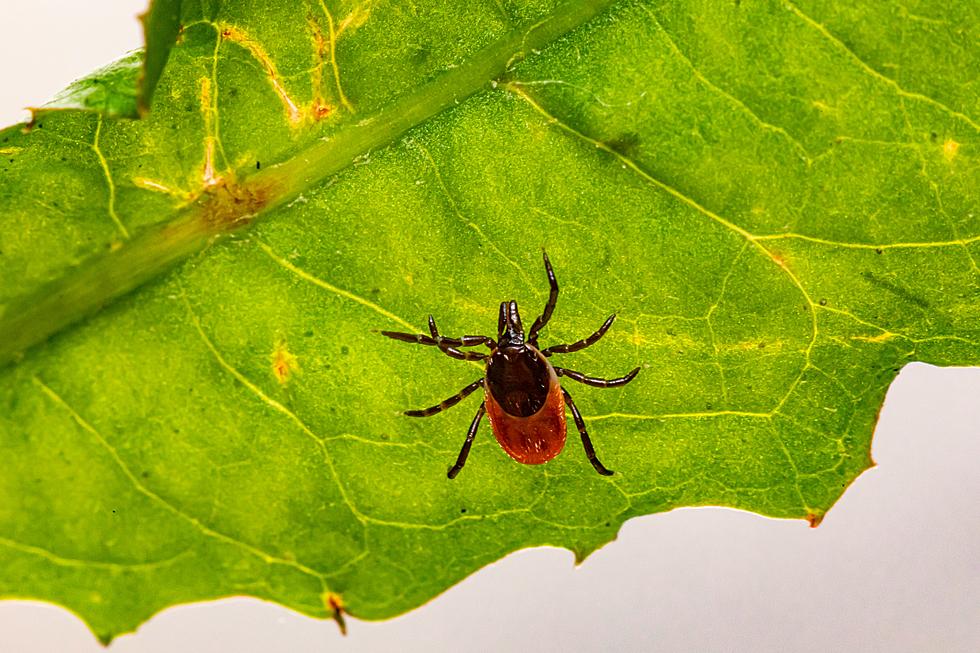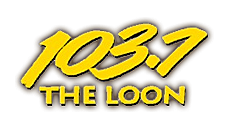
Because You Asked: What Are Schools Teaching About Sex?
ST. CLOUD (WJON News) - Rumors about litter boxes in school bathrooms and feeding troughs in lunchrooms for students with alternative lifestyles have found fertile ground on social media, but what is really being taught at local school health classes?
To find out, WJON spoke to Dr. Laurie Putnam, Superintendent of St. Cloud Area Schools, and Lori Posch, Executive Director of Learning and Teaching for the district.

Putnam says some of the stories are dumbfounding.
It's just baffling to me, there are not children who are identifying as cats, or dogs or cows or horses or take your pick. There are not litter boxes in our school, there are not feeding troughs. It is just so strange to me, that people are willing to buy into that kind of conversation.
What is taught and at what grade levels?
Posch says health education at all grades is a state mandate, and the health curriculum for all grade levels is centered on the National Health Education Standard published by the Centers for Disease Control. In general, the coursework by grade focuses on:
Elementary School:
- Classes focus on healthy living. Coursework may include proper personal hygiene – brushing your teeth, combing your hair, etc.
Middle School:
- Posch says the classes change slightly.
We do know that in fourth and fifth grade is the time that we start to see body changes happening. So we do, at those grade levels, start to talk about some of those body changes that they may be noticing. But (at) very, very age appropriate levels. We do believe that it's important for us to be honest with our students about those body changes, and always refer them back to their families for any specific questions that might arise.
- Posch says health classes also focus on specific body systems, including the nervous system, the circulatory system, and the skeletal, muscular, and reproductive systems.
High School:
- At the high school level, Posch says human sexuality is part of the coursework, but the focus is on being healthy.
A lot of it is about the basic anatomy, which we do with all of our body systems. We do start to talk about pregnancy in those upper ages and how pregnancy occurs. Again, we focus a lot on relationships - having healthy relationships, signs of unhealthy relationships, and the importance of taking care of ourselves.
What happens when issues of an alternative lifestyle come up?
Posch says those questions are outside of the curriculum.
They are not part of our identified standards, so they are not part of what we teach. We are honest with our students when questions come up, but oftentimes those questions come up on a one-to-one basis. And again, we do refer back to parents whenever there are topics that are not part of our curriculum, and ask our students to be having those conversations with families.
Dr. Putnam agrees that there’s a lot of confusion about what is taught in classrooms across the country.
We are teaching what the state tells us to teach and expects us to educate our students on. It does not include the topics (like lifestyle choices). We believe that our families need to be providing education that is outside of those standards.
Are parents allowed to know more about what is being taught?
Dr. Putnam says parents with concerns are always welcome to contact the district, examine books and see the classrooms to get their questions answered firsthand.
Create These Creepy Delicious Cookies For Halloween
More From 103.7 The Loon









